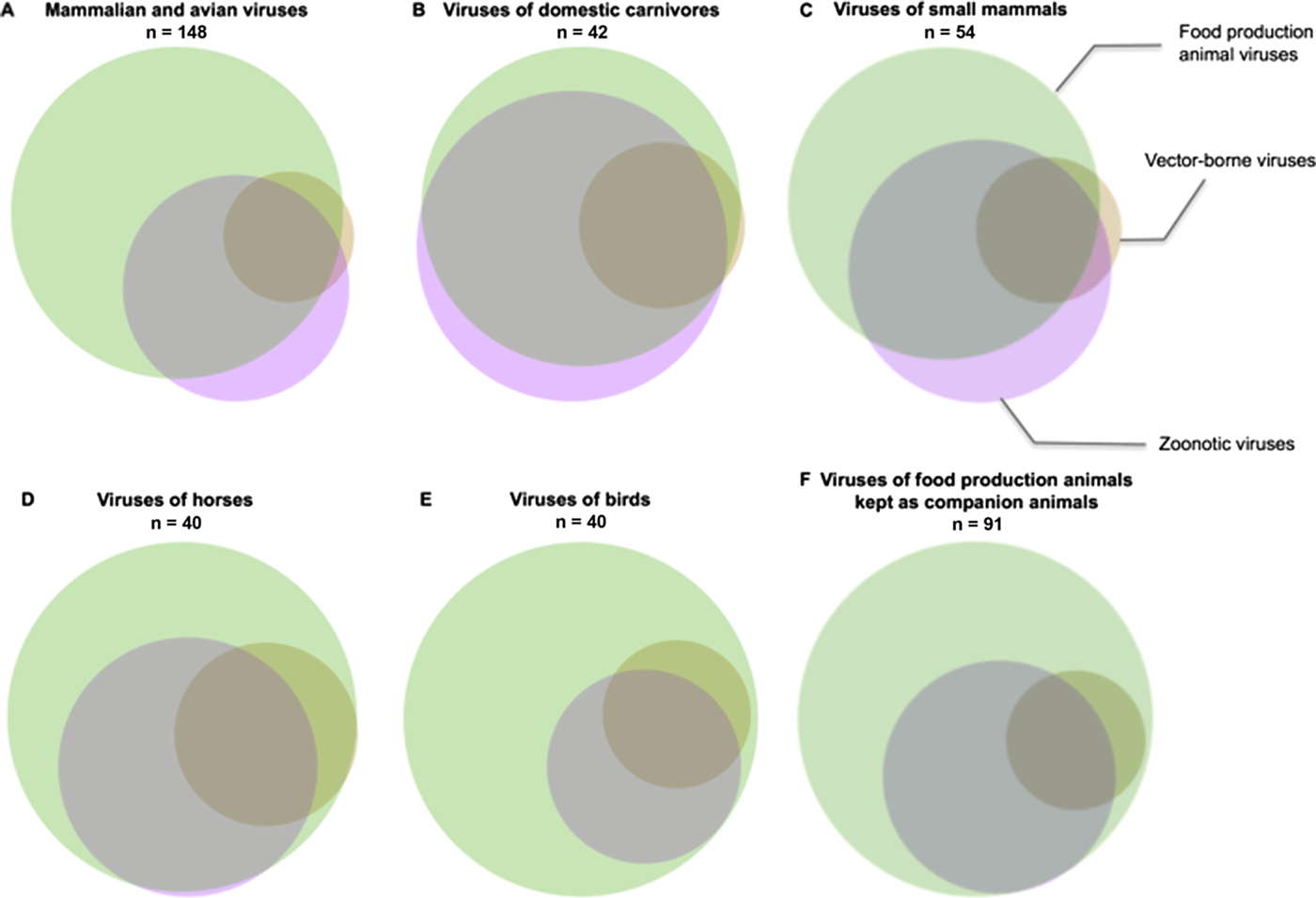Virus Analysis of Companion Animals
Emerging Viruses of Companion Animals
The transmission of emerging viruses in small companion animals is multifaceted, and relevant research is of great significance for the study of virus control and infection in companion animals. The spread of the virus is closely linked to animal health and hygiene practices. Pathogens migrate from wild populations to domestic animals due to changes in populations, trade, climate, land use, and the introduction of invasive species (e.g., plants, animals, insects), resulting in widespread transmission (e.g., West Nile virus). Emerging viral infections can cause severe damage to the health of companion animals and can cause animal-to-animal contamination through venues. Some zoonotic diseases may also be bred in transmissions like this, and the increase in the number of food animals kept as companion animals (such as domestic pigs) may also lead to cross-species transmission of zoonotic viruses. These emerging situations greatly increase the likelihood of direct or indirect contact necessary for cross-species transmission between host species.
 Fig 1. Distribution of vector-borne viruses in companion animal species. (L.A.Reperant et al., 2016)
Fig 1. Distribution of vector-borne viruses in companion animal species. (L.A.Reperant et al., 2016)
Virus Visual Analysis
The application of FISH is beneficial for hypothesis verification and obtaining more spatial information. Our technology platform has extensive experience in probe design services. Comprehensive probe design capabilities give us the confidence to provide researchers with high-quality custom probes for the analysis of potential pathogens from emerging diseases in companion animals.
Research on viruses in companion animals can help researchers deal with emerging viruses. Generally, pathogen visual analysis solutions follow two principles, one is to qualitatively confirm the presence of pathogens, and the other is to quantify viral load.
- Variants of known viruses that have been acquired with enhanced virulence or are capable of infecting fully vaccinated animals.
- Known viruses that have re-emerged in the population following a decline in incidence.
- First detection of a new or previously unidentified viral agent due to improved diagnostic capabilities.
- "Mystery diseases" caused by previously unidentified viruses; .
 Fig 2. Key to the FISH analysis of emerging viruses in companion animals.
Fig 2. Key to the FISH analysis of emerging viruses in companion animals.
Technology Features
Since the end of the last century, FISH has become more and more important as a new system for detecting and identifying microorganisms. By targeting high-abundance ribosomal RNA (rRNA) in bacterial cells (mainly 16S rRNA of small ribosomal subunits or 23S rRNA of large ribosomal subunits), FISH forms a rapid method that can be used to accurately identify microorganisms. And this application trend has expanded its influence in the fields of biology and medicine. Because rRNA has highly variable regions and regions that may be significantly conserved throughout the domain, it can be distinguished at several taxonomic levels, from distinguishing related species to including entire kingdoms and domains. Like other rapid techniques, FISH can be performed without relying on cumbersome and lengthy routine cultivation.
If you are interested in our services, please contact us to collaborate. We look forward to working with you in the near future.
Reference
- Reperant, L. A., et al. "Companion animals as a source of viruses for human beings and food production animals." Journal of Comparative Pathology 155.1 (2016): S41-S53.
All products and services on this website are only suitable for non-medical purposes.


 Fig 1. Distribution of vector-borne viruses in companion animal species. (L.A.Reperant et al., 2016)
Fig 1. Distribution of vector-borne viruses in companion animal species. (L.A.Reperant et al., 2016) Fig 2. Key to the FISH analysis of emerging viruses in companion animals.
Fig 2. Key to the FISH analysis of emerging viruses in companion animals.


